|
What are the recent developments concerning the "War on Drugs"?
Colorado, Oregon and Washington have passed initiatives which fully legalize marijuana. The legal status of the drug remains cloudy however because of federal prohibition. Market studies in Colorado indicate that sales have been far greater than anticipated. Approximately 9% of the state's population are regular users and account for the bulk of the sales. As more data becomes available in the next few years, it will become easier to reach conclusions on relationship between legalization, usage and addiction based on the increased availability of marijuana in these states.
In June 2005, the U.S. Supreme Court held that the federal government's authority to regulate illicit drugs supercedes state legislation which legalizes the use of marijuana for medicinal purposes. The ruling subjects users and operators of medical marijuana buying clubs to possible federal prosecution, thus significantly limiting the effectiveness of the liberalizing state legislation.
Despite a high incarceration level for drug offenses at both the federal and state level, the effectiveness of the anti-drug strategy is questionable. On the supply side, drugs continue to be widely available at lower prices on the street. At the user level, the dramatic reversal of American drug use which occured in the 1990's has changed and the percentage of Americans regularly using drugs remains high. Lifetime drug use by high school seniors has fluctuated between 40% and 55% over the last 20 years.
How did our drug policy get started?
Our present drug laws were first enacted at the beginning of the century. At the time, recreational use of narcotics was not a major social issue. The first regulatory legislation was for the purpose of standardizing the manufacturing and purity of pharmaceutical products. Shortly after, the first criminal laws were enacted which addressed opium products and cocaine. Although some states had prohibited the recreational use of marijuana, there was no federal criminal legislation until 1937.
By contrast, the use of alcohol and its legality was a major social issue in United States in the early 20th century. The temperance movement culminated in the prohibition of alcohol from 1920 to 1933.
Recreational drug use, particularly heroin, became more prevalent among the urban poor during the early '60s. Because of the high cost of heroin and its uncertain purity, its use was associated with crime and frequent overdoses.
A drug subculture involving the use of marijuana and other hallucinogenic drugs began to emerge in mainstream American society in the late '60s and was loosely associated with an overall atmosphere of political protest concerning the Vietnam War and civil rights. Drug use, including heroin use, was very prevalent among soldiers during the Vietnam War and many of them returned addicted. Since that time, the recreational use of drugs, particularly marijuana, has been a constant aspect of youth culture in all social classes. In the '70s cocaine began to emerge as a fashionable new drug among professionals. Its high cost and allure fueled a major drug trafficking link between the United States and Latin America. Its popularity diminished when its addictive properties became more understood but a cheaper and more addictive form of cocaine, "crack" cocaine, began its scourge of America's poor neighborhoods in the '80s.
The prevalence of illicit drug use has caused constant and widespread concern at the public policy level. Although the problem is widely perceived as a moral issue, perhaps the major reason that illicit drug use remains criminalized is the actual and potential social and economic burdens that society incurs. A 2001 study concluded that the total economic cost of illicit drug use in 2000 in the U.S. was $160.7 billion, the bulk of which are productivity losses.  Over 50% of productivity losses (prision costs, crime careers) are associated with the criminalization policy. Over 50% of productivity losses (prision costs, crime careers) are associated with the criminalization policy.  In theory, if drug use were to be legal, its prevalence would dramatically increase. There would be a substantial savings in the current massive efforts involving the interdiction and prosecution of suppliers and users. But there could be correspondingly higher costs involved with the lost productivity and health care consequences. Moreover, the effects on families and children who could be even more devastated by irresponsibility of caused by drug use would be potentially enormous. But it is difficult to quantify this theory. Those who support various levels of decriminalization argue that the present enforcement costs far outweigh the potential negative social costs that would occur with legalization. In theory, if drug use were to be legal, its prevalence would dramatically increase. There would be a substantial savings in the current massive efforts involving the interdiction and prosecution of suppliers and users. But there could be correspondingly higher costs involved with the lost productivity and health care consequences. Moreover, the effects on families and children who could be even more devastated by irresponsibility of caused by drug use would be potentially enormous. But it is difficult to quantify this theory. Those who support various levels of decriminalization argue that the present enforcement costs far outweigh the potential negative social costs that would occur with legalization.
What is the "War on Drugs"?
The "War on Drugs" was launched by President Reagan in 1982. A national office under the direction of the President was created to coordinate efforts to address the illegal drug problem. The budget has steadily increased to its present level of about 27 billion.  (Click to see chart) This budget figure does not include the costs of the incarceration of federal prisoners convicted of drug offenses who now constitute 60% of the federal prison population. Nor does it include state and local drug enforcement expenditures. The trend continues to apply greater fiscal resources toward stricter drug enforcement aimed at stopping importation and sale of drugs. (Click to see chart) This budget figure does not include the costs of the incarceration of federal prisoners convicted of drug offenses who now constitute 60% of the federal prison population. Nor does it include state and local drug enforcement expenditures. The trend continues to apply greater fiscal resources toward stricter drug enforcement aimed at stopping importation and sale of drugs.  (Click to see chart) (Click to see chart)
Has the "War on Drugs" been successful?
The success of the national campaign against drugs has been unclear.
At the interdiction level, it has not been successful at keeping illicit drugs from entering the country. Evidence indicates that there is a constant supply of all forms of illicit drugs and that the street price has actually dropped. 
Nor has the effort been an unqualified success at reducing the use of drugs. Although drug use has declined from the peak years in the 1970s, there is still a high degree of prevalence, especially among young Americans. 
The criminal justice efforts have succeeded in flooding our court and prison systems with drug offenders. In 2012, approximately 50% of all federal prison sentences  and 12% of all prison sentences were for drug offenses. and 12% of all prison sentences were for drug offenses.  These percentages have declined recently. A significant percentage of these prisoners do not otherwise have criminal propensities. Many of them are serving mandatory prison sentences under sentencing statutes which were aimed at punishing habitual criminals. Their incarceration deprives them and society of lost productivity. These percentages have declined recently. A significant percentage of these prisoners do not otherwise have criminal propensities. Many of them are serving mandatory prison sentences under sentencing statutes which were aimed at punishing habitual criminals. Their incarceration deprives them and society of lost productivity.
A 2001 study by the National Academy concluded that that research data surrounding the subject of drug use and enforcement is insufficient to provide clear conclusions regarding the effectiveness of current drug policy or the wisdom of alternate strategies. The difficult question to evaluate is the extent to which drug use would be even more widespread in the absence of current control efforts.
How do other countries deal with recreational drugs?
The commonly used recreational drugs (heroin, amphetamines, cocaine, marijuana) are for the most part banned worldwide and have been throughout the past century. In recent years, the Netherlands has experimented with a policy which tolerates the use and sale of marijuana in coffeehouses. This has resulted in a "drug tourism" from neighboring countries and has resulted in treatment and law enforcement problems. But there has actually been a decrease in the marijuana use among Dutch youth. An experiment in Zurich, Switzerland to allow sale and use of narcotics in designated areas was abandoned as a failure because of the increase in the addiction rate and related health issues.
Historically, the widespread recreational use of drugs such as marijuana has been limited to only a few countries, including the United States. But Europe, Asia and Africa have been quickly catching up.  . The use of cocaine has been declining in the U.S. but has been increasing in Europe and some third world countries. . The use of cocaine has been declining in the U.S. but has been increasing in Europe and some third world countries. 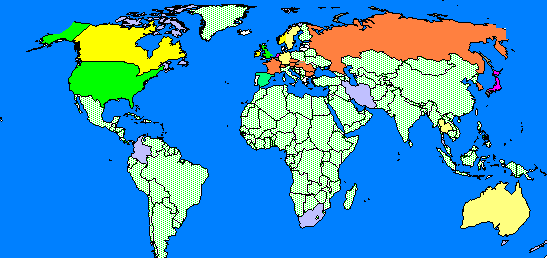 Marijuana use has stabilized in the U.S. and Europe but is on the increase in the third world. Marijuana use has stabilized in the U.S. and Europe but is on the increase in the third world.  Still the percentage of adults who have used marijuana in their lifetime is higher in the U.S., Canada, and New Zealand than it is anyplace else. Still the percentage of adults who have used marijuana in their lifetime is higher in the U.S., Canada, and New Zealand than it is anyplace else. 
Alcoholic products, by contrast, have always been legal in most countries and their use internationally, as in the United States, are well ingrained in custom and tradition. The largest per capita consumption in of alcohol is in European countries. 
What are the proposals for changing drug policy?
- Legalization of all drugs
Despairing of the enormous costs of prohibition, a growing number of columnists, the American Civil Liberties Union, and even some in the law enforcement community are advocating the legalization or decriminalization of drugs. They compare the current prohibition effort with the failed effort at alcohol prohibition. They argue that if drugs were legalized and regulated, the problem of drug abuse could be addressed as a medical problem.
Legalization is still regarded as a radical idea and it does not have mainstream support. Most believe that legalization would lead to greater consumption of these drugs, and the resulting social costs because of disease, mental health, decreased job productivity, auto accidents and educational impairments would be staggering. They note that comparisons with alcohol are inaccurate. Although it is true that many social ills and costs can be attributed to alcohol abuse, the addictive nature of drugs such as cocaine and heroin is substantially greater than alcohol. Moreover, unlike alcohol, all illicit drugs are consumed for the purpose of immediate intoxication.
- Legalization of marijuana
Proposals to legalize or decriminalize marijuana have been part of the policy debate since marijuana first became popular in the '60s. As of 2015, three states have fully legalized marijuana use. Others have reduce criminal penalties for marijuana possession to the equivalent of a traffic ticket and to legitimize the use of marijuana for medical purposes. 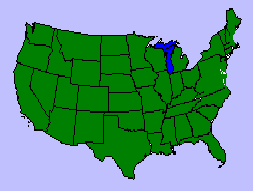
Many have advocated the complete elimination of penalties associated with the trafficking and possession of marijuana. They maintain that there is no clear link between marijuana and the use of other drugs and whatever link does exist would be severed by removing this drug from the underworld. Opponents of marijuana legalization cite the same probable adverse social consequences of legitimizing other drugs. With respect to the medical use of marijuana, they observe that far better and purer medications are available for conditions which marijuana is suggested as a treatment.
The percentage of Americans who support marijuana legalization has increased in the past 30 years although and a majority now support legalization.  An overwhelming majority support legalizing marijuana for medical use An overwhelming majority support legalizing marijuana for medical use  although most also believe it is not being used for serious medical reasons. although most also believe it is not being used for serious medical reasons.
Studies indicate that most marijuana users are young and very few become addicted, long term regular users. Users who become addicted do not suffer significant withdrawal symptoms when discontinuing their use of marijuana. The adverse medical effects of occasional use are not completely understood but they appear to be mild. There is some evidence that long term use is associated with immune disorders, the onset of schizophrenia and a general lack of motivation but further studies are necessary to more clearly understand the severity of these consequences.
- Greater emphasis on treatment
Many associated with the drug problem remain frustrated by the fact that insufficient resources are allocated to drug treatment programs.
The success of drug treatment depends on the motivation of the patient and is directly related to the length of time that a patient remains in treatment. It is difficult to find current comprehensive information regarding the effectiveness of treatment programs. Based on at least one study, the success rate is disappointing. 
Where do Republicans and Democrats stand on drug issues?
There remains strong bipartisan support for an aggressive national campaign against drugs although some votes on the severity of penalties tend to be partisan. The 2012 Democratic platform makes only passing reference to the drug problem in pledging continued efforts at controlling international drug trafficking and reducing racial disparities in sentencing for drug offenses. The 2012 Republican Party Platform continues to advocate an aggressive anti-drug campaign and particularly addresses the dangers presented by international drug cartels. The 2012 Democratic platform makes only passing reference to the drug problem in pledging continued efforts at controlling international drug trafficking and reducing racial disparities in sentencing for drug offenses. The 2012 Republican Party Platform continues to advocate an aggressive anti-drug campaign and particularly addresses the dangers presented by international drug cartels.
Drug Policy Links
Open Directory - Illegal Drugs
Wikipedia - War on Drugs
Wikipedia - United Nations Drug Control Program
Wikipedia - Cannabis
Wikipedia - Medical Cannabis
Wikipedia - Cocaine
Wikipedia - Cocaine Dependence
Wikipedia - Crack Cocaine
Wikipedia - Illegal Drug Trade
Wikipedia - Recreational Drug Use
Wikipedia - Methamphetamine
|
Charts
(click to enlarge)
Percentage of High School Seniors with Lifetime Use of Illicit Drugs
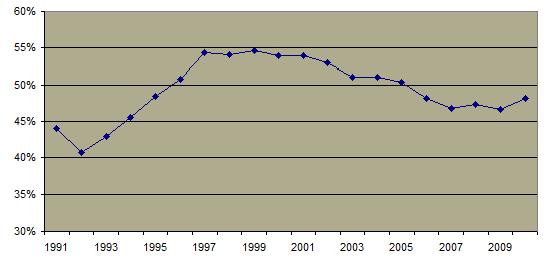
Types of Productivity Losses Associated With Drug Use
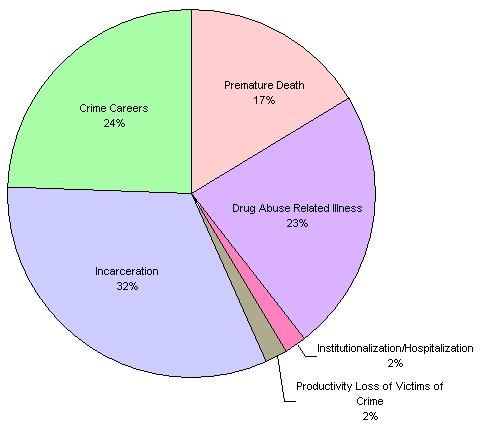
Federal Drug Control Budget 1998-2007

Distribution of Federal Drug Control Expenditures
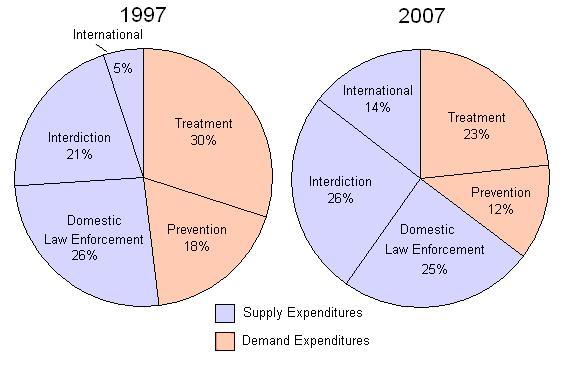
Trends in Drug Prices 1981-2007
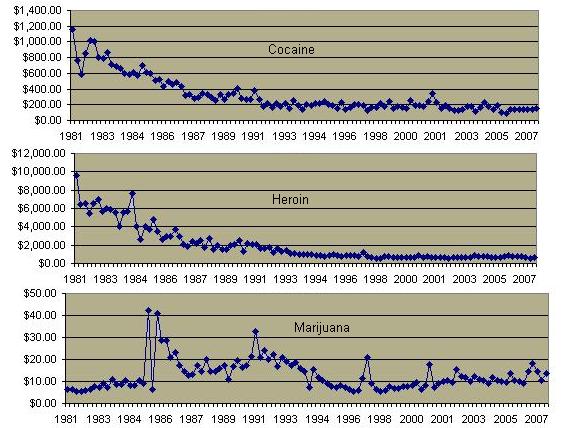
Annual Prevalence of Drug Use 1971-2013
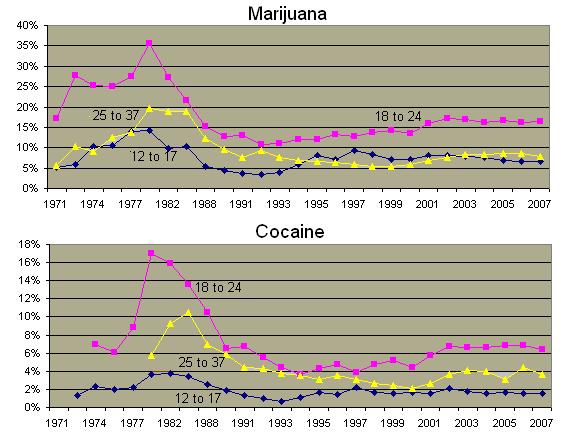
Federal Prisoners by Type of Offense in 2012
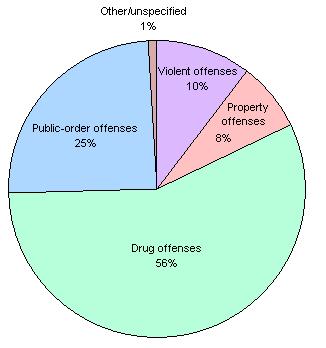
Distribution of State Prisoners by Nature of Offense, 2012
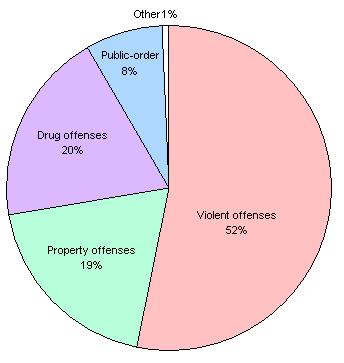
Global Use of Cocaine and Cannibas 2012
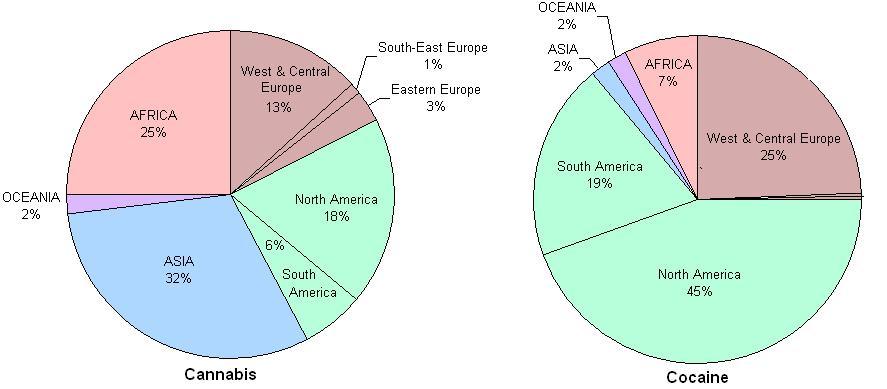
World Cocaine Trends
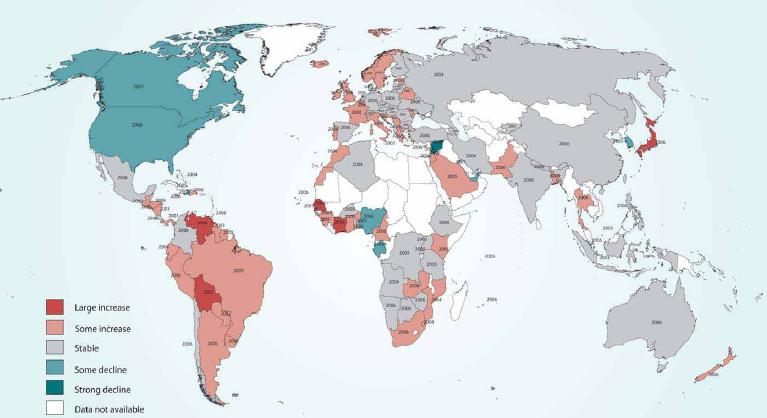
World Cannibas Trends
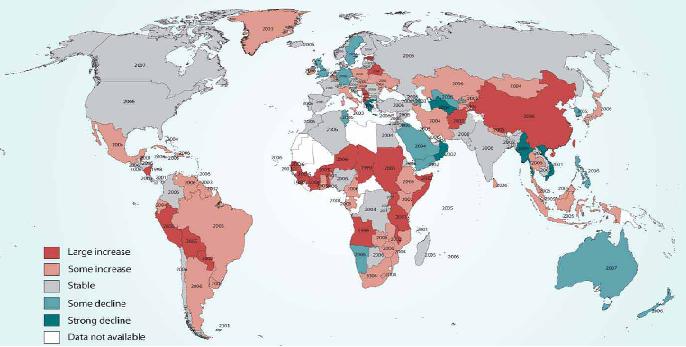
Lifetime Use of Cannabis by Adults in Selected Countries

Global Per Capita Alcohol Consumption 2015
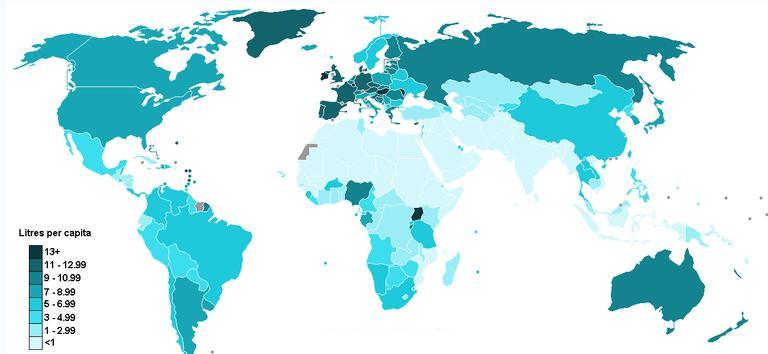
State Marijuana Legislation
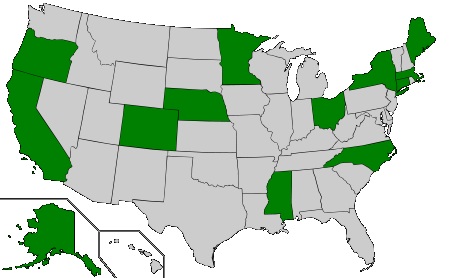
Percentage of Americans Supporting Legalization of Marijuana
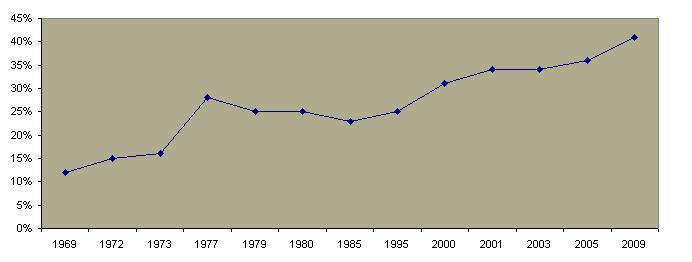
Should Marijuana Be Legal, Taxed, Regulated?
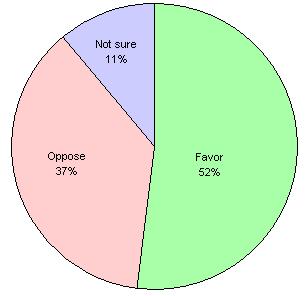
Public Opinion on Medical Marijuana
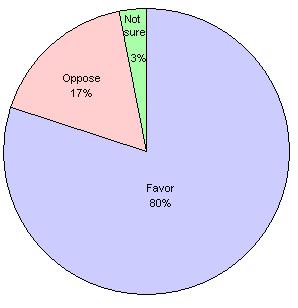
Relapse Rate After One Year of Drug Treatment
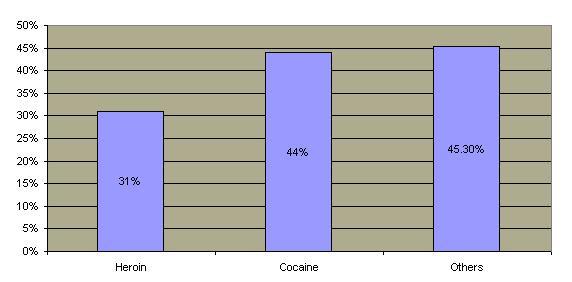
1999 Senate Vote on Strengthening Drug Penalties

|

